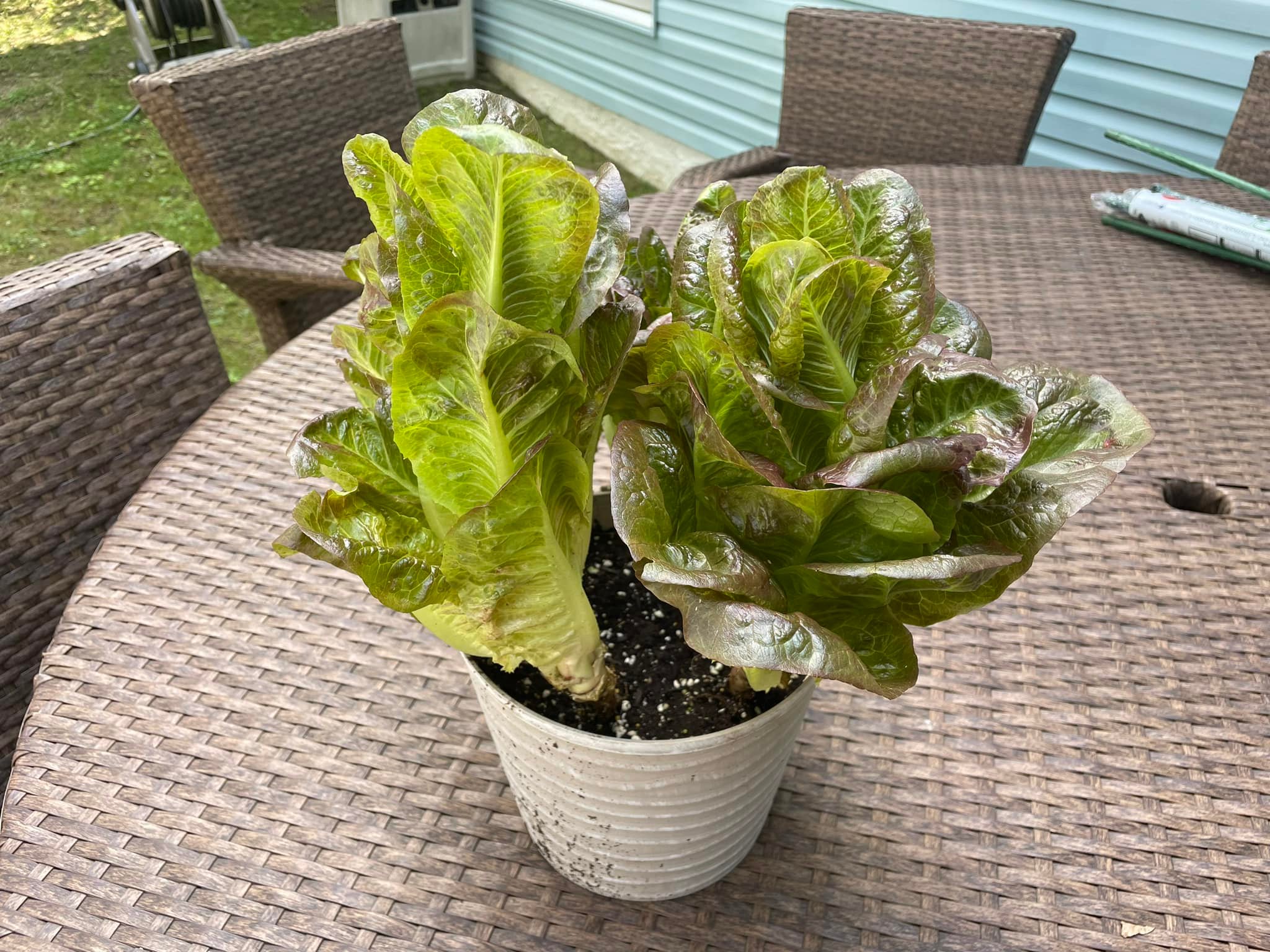
Ever dreamt of growing your vegetables, but limited by space or intimidated by the thought of an in-ground garden? Container vegetable gardening offers a delightful and accessible solution, allowing you to cultivate a bountiful harvest right on your balcony, patio, or even indoors. This comprehensive guide will equip you with the knowledge and confidence to transform any sunny nook into a thriving miniature vegetable patch.
Choosing the Right Containers and Location
Selecting the Perfect Pot
- Size Matters: Bigger isn’t always better! Opt for containers that are appropriate for the mature size of your chosen vegetables. Tomatoes and peppers, for instance, require larger pots (at least 18 inches in diameter) compared to herbs like basil or parsley (around 6-8 inch diameter).
- Drainage is Key: Ensure your containers have drainage holes to prevent waterlogging, which can suffocate plant roots. If using decorative pots without drainage, create them yourself or add a layer of gravel at the bottom to facilitate drainage.
- Material Musings: Plastic, ceramic, and terracotta are all popular choices, each with its own advantages. Plastic is lightweight and affordable, while ceramic and terracotta offer better breathability and insulation.
Material Options
- Clay or terracotta pots: These containers are porous, allowing for better airflow and water drainage. However, they can dry out quickly and may require more frequent watering.
- Plastic containers: Lightweight and affordable, plastic pots retain moisture better and are less prone to breakage. Look for containers made with food-safe plastics.
- Wooden planters: They provide excellent insulation and a natural aesthetic but may require regular maintenance to prevent rotting.
- Recycled materials: Consider repurposing buckets, barrels, or even old tires, ensuring they are clean and have adequate drainage.
Finding the Sunshine Sweet Spot
- Light Fantastic: Most vegetables require at least 6-8 hours of direct sunlight daily. South-facing balconies or patios are ideal, but don’t despair if you have limited sun exposure. Leafy greens like lettuce and spinach can thrive in partial shade (3-5 hours of sunlight).
- Location, Location, Location: Consider factors like wind exposure and accessibility when placing your containers. Avoid areas with strong winds that can topple pots, and ensure easy access for watering, harvesting, and admiring your flourishing plants!
Sowing the Seeds: Germination and Seedling Care
Germination Essentials
- Seed Selection: Choose high-quality seeds, especially if you’re a beginner. Look for varieties labeled “dwarf” or “compact” for better performance in containers.
- Seeding Mix Magic: Opt for a lightweight, well-draining potting mix specifically formulated for containers. Avoid using garden soil, as it can be dense and retain too much moisture.
- Sowing Savvy: Follow the specific planting instructions on your seed packets for planting depth and spacing recommendations.
Nurturing Your Seedlings
- Moisture Matters: Water your seedlings regularly, keeping the soil consistently moist but not soggy. A finger test is a handy trick: insert your finger into the soil; if it feels dry to the first knuckle, it’s time to water.
- Lighten Up: Seedlings crave light! Place them in a sunny location, preferably near a south-facing window if indoors. Rotate pots regularly to ensure even growth.
- Temperature Talk: Maintain a comfortable temperature for your seedlings, ideally between 60-70°F (15-21°C). Avoid exposing them to drafts or sudden temperature fluctuations.
Watering, Feeding, and Maintenance
Watering Wisdom
- Container Conundrum: Unlike in-ground gardens, container soil dries out faster due to increased exposure to sun and wind. Be mindful of this and adjust your watering frequency accordingly.
- The Deep Soak Approach: Water thoroughly, allowing the water to reach the bottom of the pot and drain out the drainage holes. Avoid shallow watering, which encourages root growth near the surface.
- Mulch Marvel: Applying a layer of organic mulch around your plants helps retain moisture, suppress weeds, and regulate soil temperature.
Feeding Frenzy
- Nutrient Nurture: As your plants grow, they’ll require regular feeding. Use a water-soluble fertilizer specifically formulated for container vegetables, following the instructions on the product label.
- Organic Options: If you prefer a more natural approach, consider organic fertilizers like compost tea or composted manure.
Maintaining a Healthy Garden
- Pest Patrol: Keep an eye out for common pests like aphids, beetles, and slugs. Use organic methods like insecticidal soap or neem oil to control them if necessary.
- Disease Defense: Proper watering practices and ensuring good air circulation around your plants can help prevent fungal diseases. Remove any infected leaves promptly to prevent further spread.
- Staking Support: Some taller vegetables like tomatoes or peppers may require staking for proper growth and support. Utilize stakes, cages, or trellises to keep your plants upright and prevent them from falling over.
